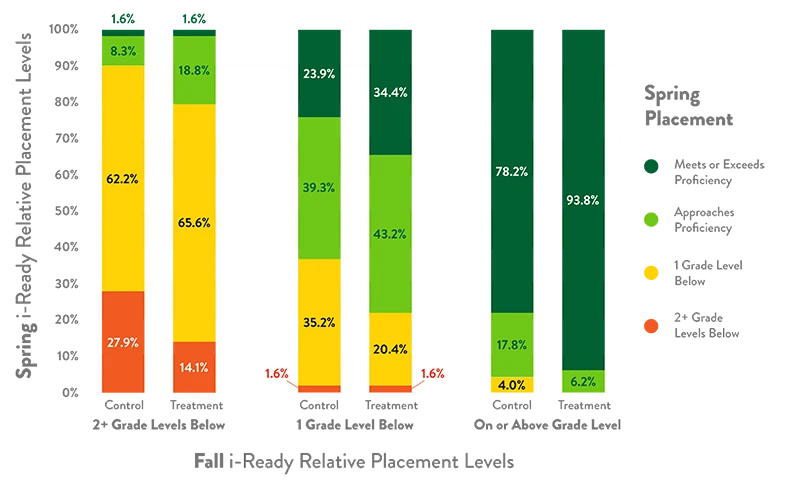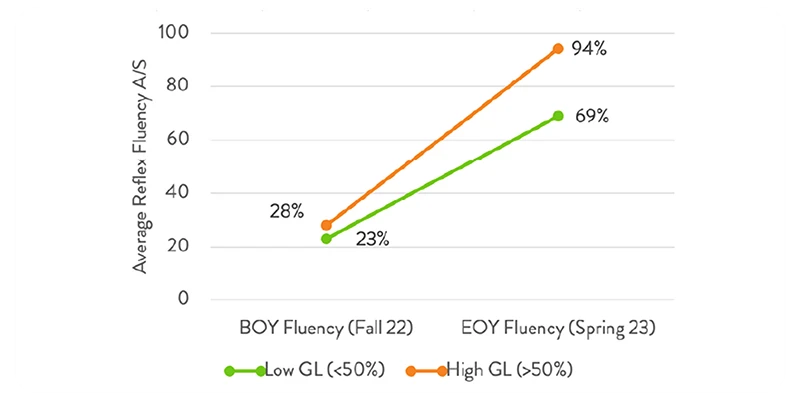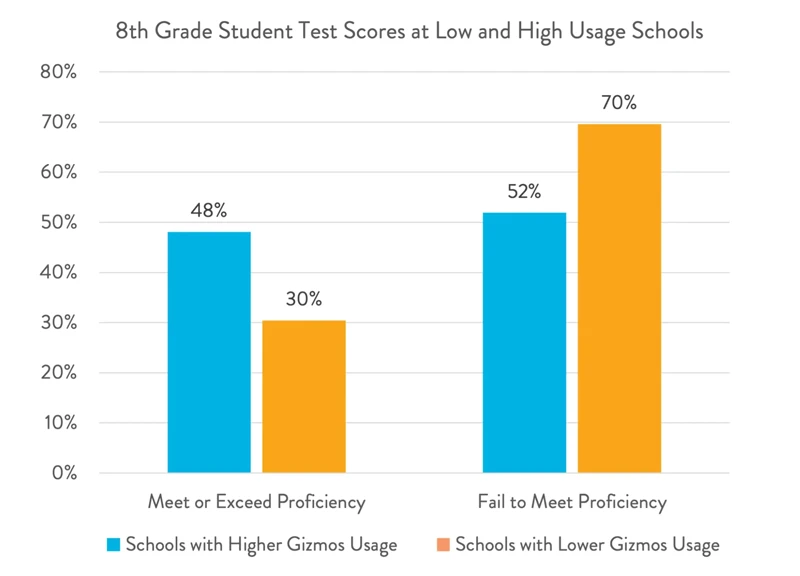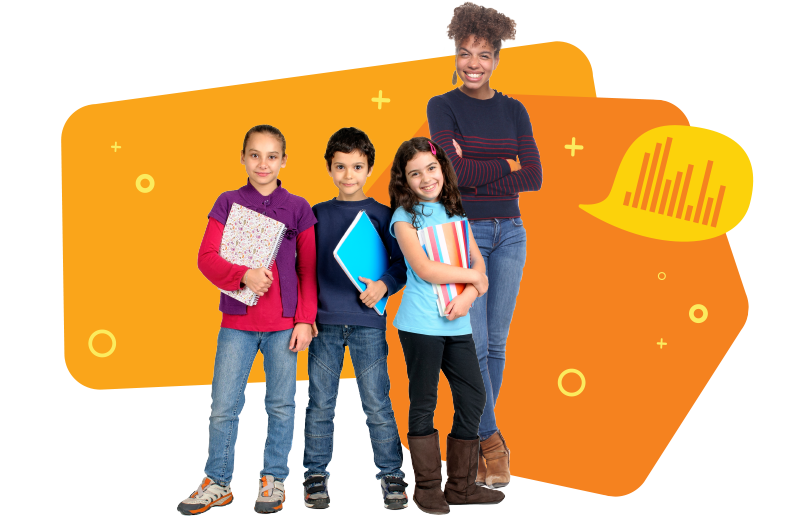
The shift to virtual learning during the pandemic highlighted just how beneficial education technology tools could be. Since then, teachers and administrators have rightfully asked more questions to edtech vendors about the outcomes that their programs are delivering:
- Can our teachers and students use these tools easily?
- Are these programs improving student engagement in the classroom?
- Is this engagement resulting in improved student outcomes?
Tech tools should improve the amazing work that teachers are already doing in their classrooms, and edtech vendors should be prepared to show you exactly how they do that. School districts want results from high-quality, rigorous research to see where and how these products are impacting teaching and learning.
Defining rigorous research in education technology
It is essential that a study is conducted in a scientifically rigorous manner in order to have confidence in its research findings. Design, methodology, and analysis of the results should be conducted with strict adherence to the scientific method, ensuring unbiased and well-controlled evidence.
Earlier in our series, we talked about what high-quality research on educational technology tools looks like. We discussed the importance of designing educational solutions based on respected and recent empirical research in the learning sciences, the various methodologies that researchers should use across continual feedback loops, and the places where this high-quality research might be found.
Importance of rigorous research for districts
Instructional designers want products backed by rigor in research. When a program engages students with content rooted in educational research that clearly defines the types of evidence and impacts, teachers are set up for success. But what works in one setting or with one group of students, may not work for others. High-quality research in edtech must take into account the setting in which the product is being used and the unique challenges and needs of students from different backgrounds so that districts can see themselves and their students represented in that work.
What districts need from vendors
Partnerships between educational technology vendors and academic institutions are incredibly important for driving innovation and building knowledge about how students learn in the classroom. These collaborations can provide feedback and help providers make their edtech tools more accessible, engaging, and tailored to individual needs. Additionally, these partnerships provide institutions with high-quality data about how their students are engaging in the product and the outcomes associated with that usage.
Here are a few examples of recent collaborations between ExploreLearning and local educational institutions and the important insights we have learned from those engagements:
Case studies of effective research partnerships
- Over the past three years, we have worked with a large, suburban Florida school district to help them understand how our Reflex (for math fact fluency) and Frax (for fractions) program is working for their students. Through this partnership, we have found evidence that Frax supports all levels of learners, with significant academic growth observed in math for both 3rd and 4th grade students.
- In another recent study, we found that when academically underperforming students used both Reflex and Frax in 2nd and 3rd grade, they were 2.5x more likely to meet or exceed on-grade level math proficiency compared to students who did not use those products by the end of 3rd grade.

- In another ongoing research relationship with Moline-Coal Valley School District in Illinois, research showed that second-grade students who used Reflex demonstrated significant math learning gains and academic success in a short amount of time.

- Working with a large, urban school district in the Northeast, we found that schools with higher Gizmos usage had higher rates of students achieving or exceeding proficiency on science assessment.

- In addition to the quantitative data showing academic growth, this district wanted to know more about how their teachers were using the product and the other kinds of benefits they were observing in their classrooms, such as student engagement and motivation. Together with our Professional Development team, we developed survey instruments and conducted focus groups with teachers to provide the district with information about ways Gizmos are incorporated into their core curriculum and the specific benefits of using Gizmos.
Leveraging research partnerships for student success
The partnerships between districts and ExploreLearning described above provided valuable data for districts on how edtech tools for teachers are used as part of the learning process in the classroom and how students are reaching achievement goals as a result.
Would you like to be part of our research process? There are a few ways to connect. First, reach out to your account representative and learn more about how to participate in collaborative research partnerships with our research department. Express interest with your administrator. And consider joining Collab Crew.

About the Author

ExploreLearning Senior Researcher Megan Conrad, Ph.D.
Dr. Megan Conrad, Senior Researcher for ExploreLearning, shares her insights in our Measuring Impact Series. In her current role, she works with district administrators, curriculum coordinators, and teachers to uncover evidence of student success from product usage and helps districts make evidence-based decisions regarding product implementation.
She earned her Ph.D. in Psychology (specializing in Developmental and Cognitive Science) from Rutgers University and has 15 years of experience designing and conducting research in child development, learning environments, and youth & technology. She previously worked in higher education as an Assistant Professor of Psychology and founded a research lab that explored children’s STEM learning in informal learning settings.